Strawberries
-
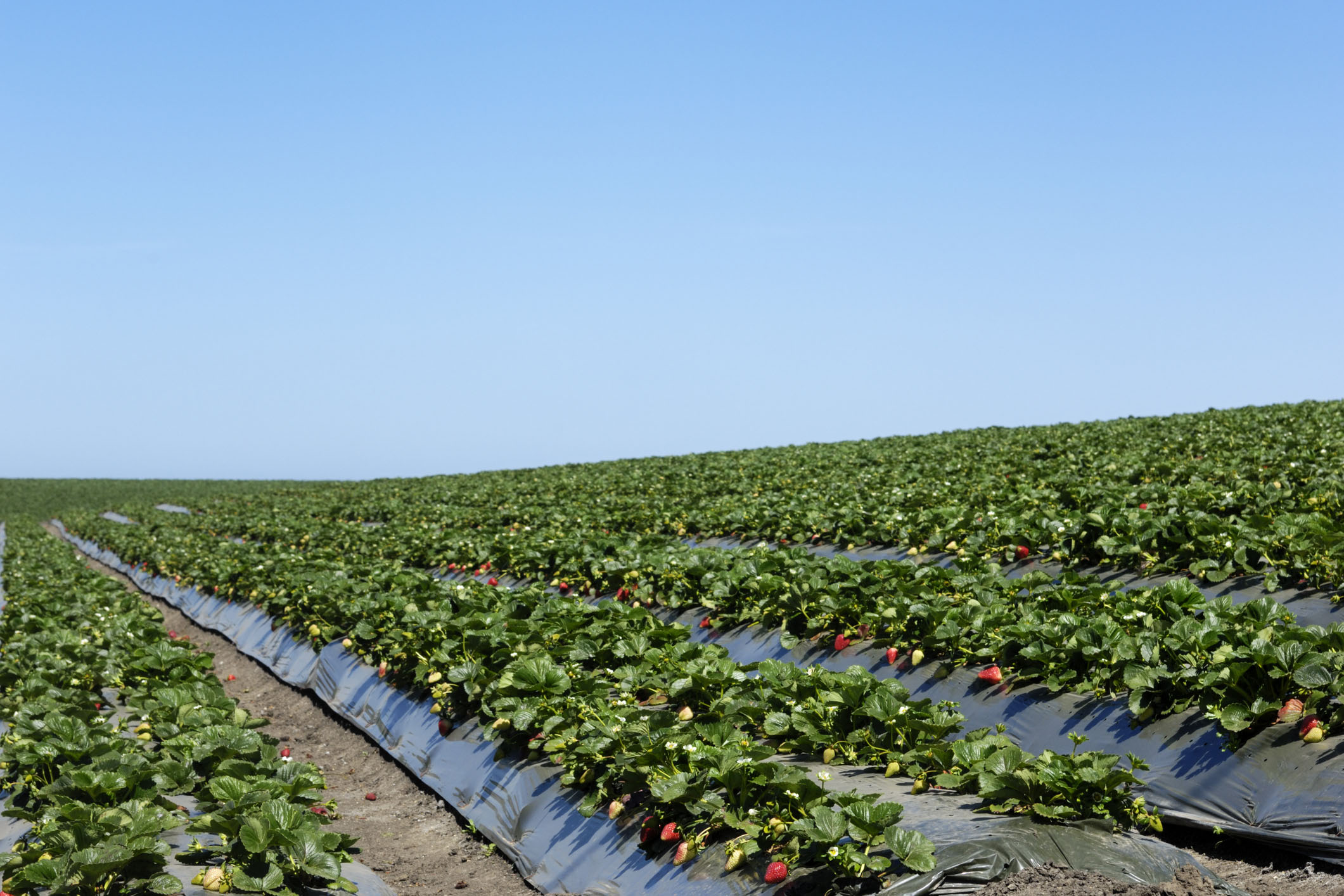
The 2025 edition of this regional integrated pest management guide provides recommendations for strawberry plasticulture production in the Southeastern U.S. Recommendations are based on information from the manufacturer’s label and performance data from research and Extension field tests. This publication is intended for use only as a guide. Specific rates and application methods are on the pesticide label, and these are subject to change at any time.
Phillip M. Brannen
|
-
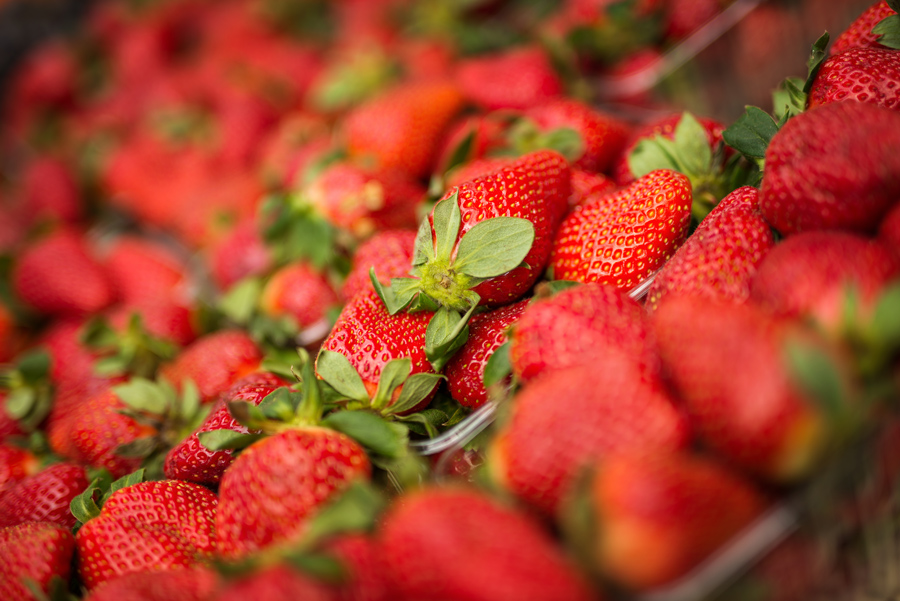
This publication reports on a strawberry variety trial to help commercial producers choose a variety or varieties best suited to the South Georgia climate while maximizing quality and yield. Based upon the field portion of this study, the highest yielding varieties also had the best storage life: ‘Camino Real’, ‘Strawberry Festival’, and ‘Camarosa’. Fruits were assessed on a variety of parameters, described in detail below.
Joshua Dawson, Angelos Deltsidis, Ramsey Corn, Erick Smith, and Camille McAvoy
|
-
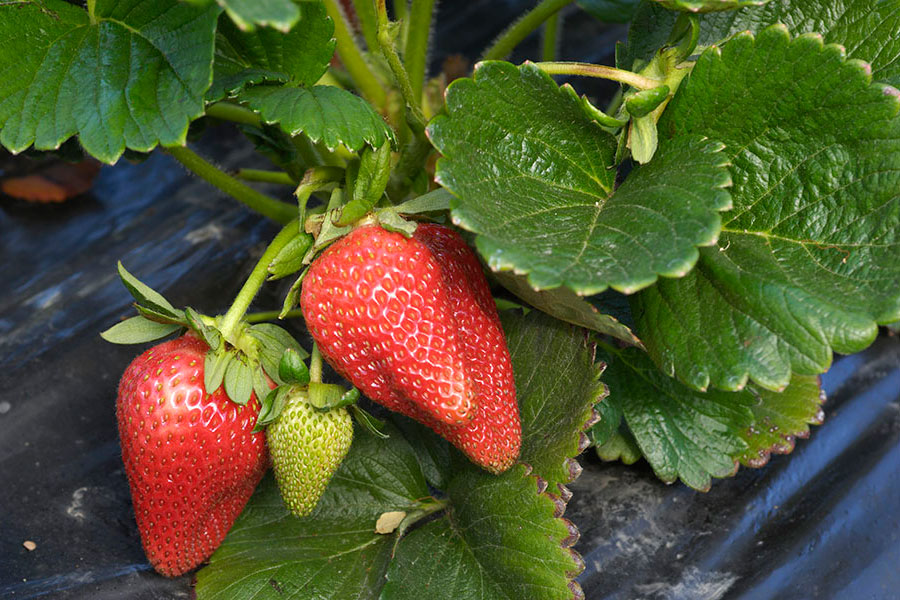
The 2024 edition of this regional integrated pest management guide provides recommendations for strawberry plasticulture production in the Southeastern U.S. Recommendations are based on information from the manufacturer’s label and performance data from research and Extension field tests. This publication is intended for use only as a guide. Specific rates and application methods are on the pesticide label, and these are subject to change at any time.
Phillip M. Brannen
|
-
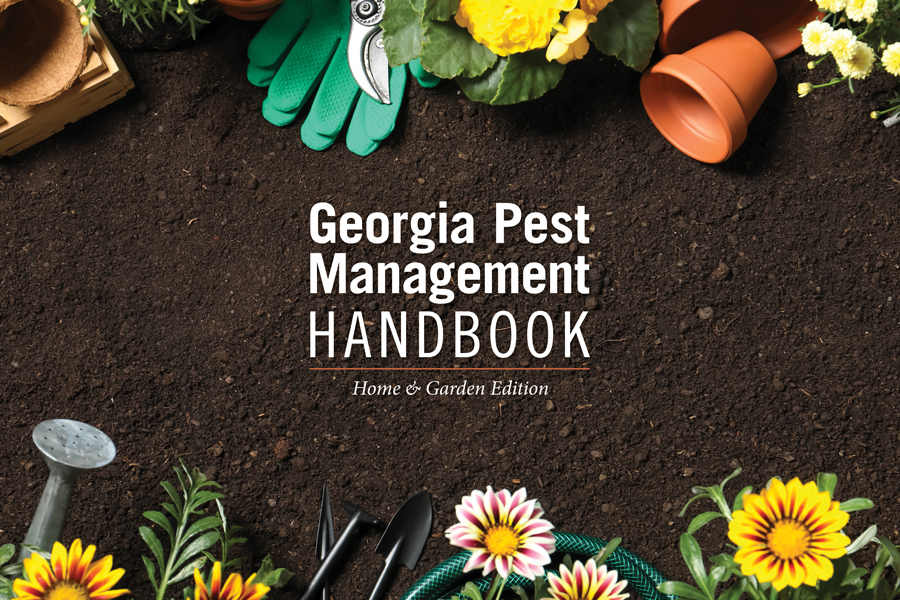
SB 48-05
Home Orchard
This section of the Home & Garden Edition covers pest control in home orchards, including apples, peaches, bunch grapes, muscadines, strawberries, blueberries, and other fruits. Beginning in 2022, the Home & Garden Edition has been updated biennially. When purchasing a product based on a first-year recommendation of the Handbook, check the current product label before purchase to be sure it is still labeled for the use for which you are buying it. For pesticide products you have on hand from earlier purchases, you are allowed to use them until they are depleted without penalty under the law. Always follow label instructions before use. Contact the product’s manufacturer for the most up-to-date label.
Harald Scherm, John N. All, Brett R Blaauw, and Allison Faye Johnson
|
-

In this video, you will learn how to judge the optimum maturity of strawberries for harvest and how to identify the main quality attributes that are important for maximum postharvest shelf life.
Laurel Dunn and Angelos Deltsidis
|
-
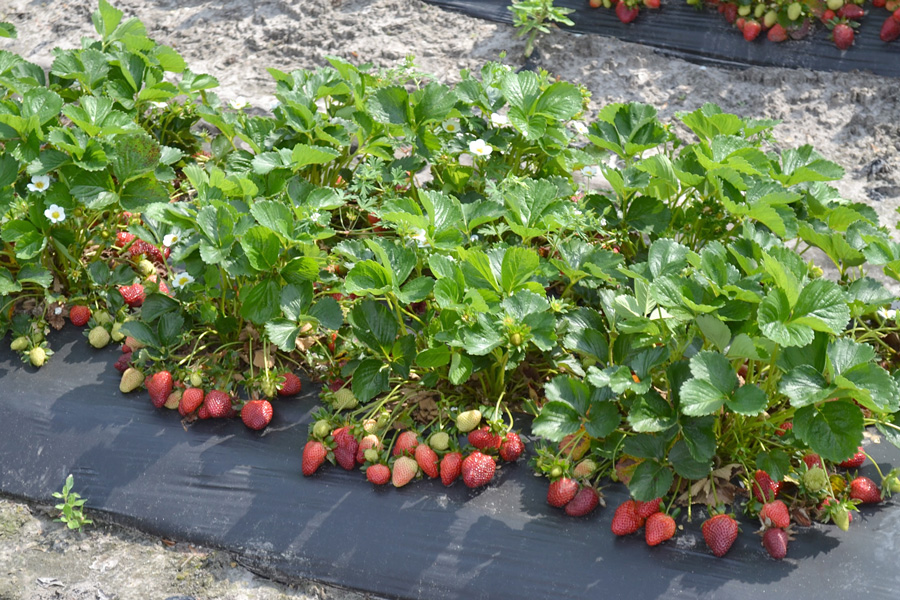
The 2023 edition of this regional integrated pest management guide provides recommendations for strawberry plasticulture production in the Southeastern U.S. Recommendations are based on information from the manufacturer’s label and performance data from research and Extension field tests. This publication is intended for use only as a guide. Specific rates and application methods are on the pesticide label, and these are subject to change at any time.
Phillip M. Brannen
|
-

C 883
Home Garden Strawberries
Learn how to grow your own strawberries at home with this helpful guide. Strawberry beds need a small area that receives full sun most or all day to get started, and they will grow well in many types of soil.
Bob Westerfield and Phillip M. Brannen
|
-

The 2022 edition of this regional integrated pest management guide provides recommendations for strawberry production in the Southeastern U.S. Recommendations are based on information from the manufacturer’s label and performance data from research and Extension field tests. This publication is intended for use only as a guide. Specific rates and application methods are on the pesticide label, and these are subject to change at any time.
Phillip M. Brannen
|
-

The 2021 edition of this regional integrated pest management guide provides recommendations for strawberry production in the Southeastern U.S. Recommendations are based on information from the manufacturer’s label and performance data from research and Extension field tests. This publication is intended for use only as a guide. Specific rates and application methods are on the pesticide label, and these are subject to change at any time.
Phillip M. Brannen
|